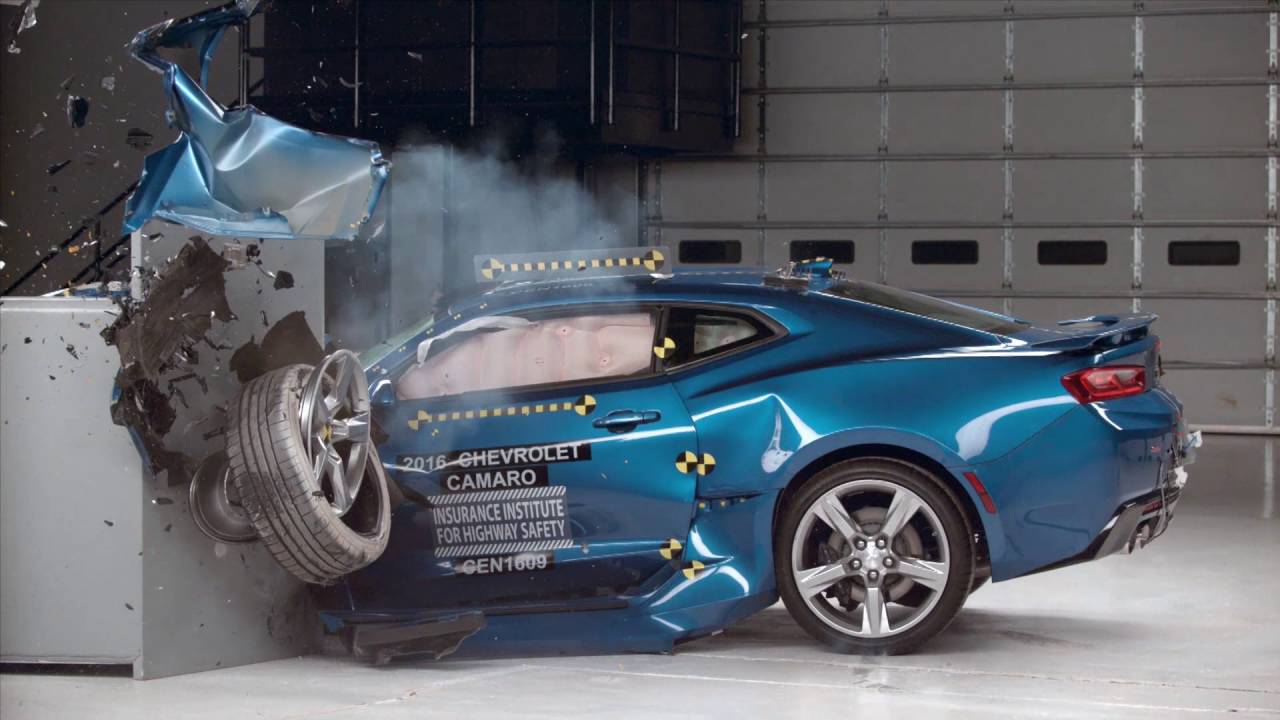India's Bharat NCAP prepares to unveil first safety ratings for locally tested cars
Bharat NCAP is set to reveal the safety ratings of the initial batch of vehicles it has evaluated since its inception. Established earlier this year to evaluate the safety of cars made in India, the agency recently conducted its inaugural crash test in December, which was scheduled to take place on December 15. The first safety rating is expected to be revealed later this week.
Created on the lines of Global NCAP, Bharat NCAP is scheduled to begin its first round of vehicle testing on the scheduled date. Officially launched in August, it serves as an independent vehicle evaluation program in India. India joins the ranks of the United States, China, South Korea and Japan as the fifth country in the world to have its own national car accident testing centre.
Earlier, cars made in India were tested by Global NCAP, but now Bharat NCAP is responsible for determining safety ratings for cars in India.

According to Autonexa, Tata Motors is among the first automakers to submit its models for crash tests through Bharat NCAP. Recent reports suggest that the Tata Harrier is the first SUV to undergo the Bharat NCAP crash test this month. Launched in India in September this year, the new Harrier has previously undergone safety assessments by Global NCAP, receiving a five-star safety rating, along with the new Safari SUV.
In the coming days, several other car manufacturers are expected to line up for crash tests at Bharat NCAP. Major companies like Maruti Suzuki, Tata Motors and Mahindra are expected to present as many as 10 models for testing.
Kia is also scheduled to send its flagship SUVs, the new Seltos and Sonet, for evaluation. Hyundai Motor has already confirmed its intention to conduct Bharat NCAP testing for three cars, likely to include models like the Exter SUV and the upcoming new Creta SUV. It is worth noting that the Hyundai Verna was the latest car to be tested by Global NCAP.
Bharat NCAP is said to be set to carry out a series of crash tests covering frontal impact, side pillar impact, side barrier impact, electronic stability control (ESC), pedestrian safety compliance and other assessments. The program aims to introduce rear collision protection and integrate features such as autonomous emergency braking (AEB) with lane departure warning in later stages.
Also Read: Car Modification Rules in India that are Considered Legal/Illegal